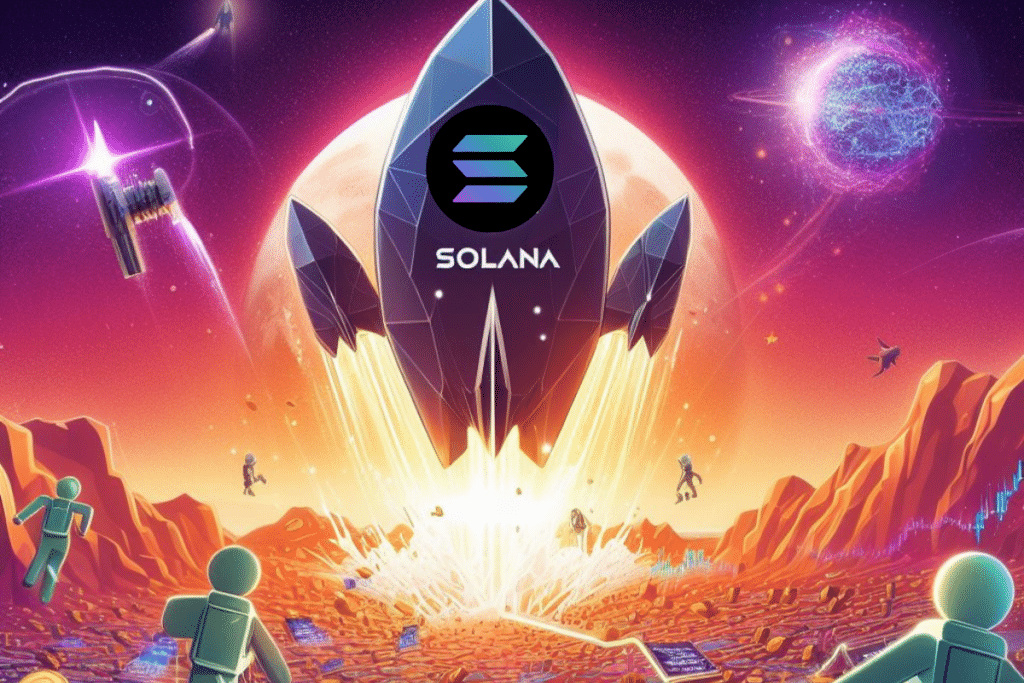Hi there! In the next big bull market, can Solana’s value grow 10 to 15 times what it is now, hitting prices close to the peak of the last bull market? I believe it is possible, and I will quickly explain seven reasons why Solana might be able to get a 10 to 15 times rise.
If you bought Solana when it was about $8, you’re already making two to three times what you put in. The price of one Solana coin is about $22 right now, so when I say “10 to 15 times increase,” I mean that. If the price of Solana drops to $20 or less, I can see it going up 15 times from there. A 10 times growth seems possible if you get in at $22 or a little more.
Don’t forget that this is just my opinion and not financial advice. First, let’s quickly look at the CoinGecko chart. Then I’ll tell you those seven reasons. CoinGecko says the market is now worth about $1.2 trillion, which is 1.4% more than it was. At the time of this video, Solana is up about 2.8% and has a market value of $8.7 billion. Its price is around $22.28. A simple 10 times rise from here would bring this price up to about $220 for Solana, which is close to its all-time high of about $260.
CoinGecko shows that Solana’s all-time high is around $259.96, which is about $260. It did reach a slightly higher peak, though. Let’s stick with $260 for now to keep things simple. Now, if you want to figure out how to figure out possible returns like 10x, 15x, or even 100x (not that I think Solana will hit 100x), the best way is to multiply the current price or market cap by the number of times you think it will grow.
With the price of Solana at about $22.28, we’d multiply this price by 10 to see a 10x growth. Based on this math, a possible price goal for Solana would be $222. But if the price of Solana drops to around $20 and you expect it to go up 10 times, your goal would be $200. But even at $22, a 10x rise would not be as much as its all-time high of $260.
Now, if you can buy Solana for $20 and it grows 15 times, the price would be around $300 per Solana, which is more…
This news is republished from another source. You can check the original article here

